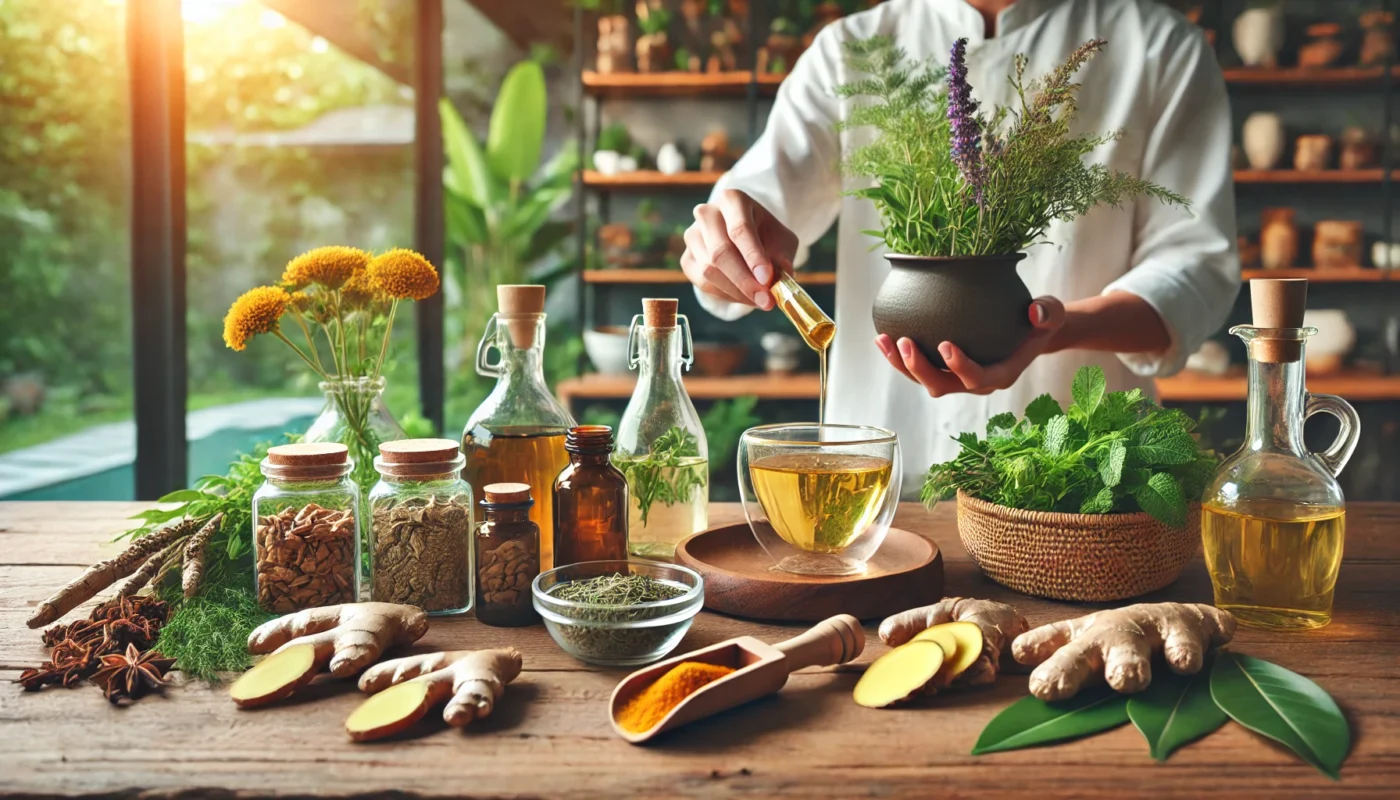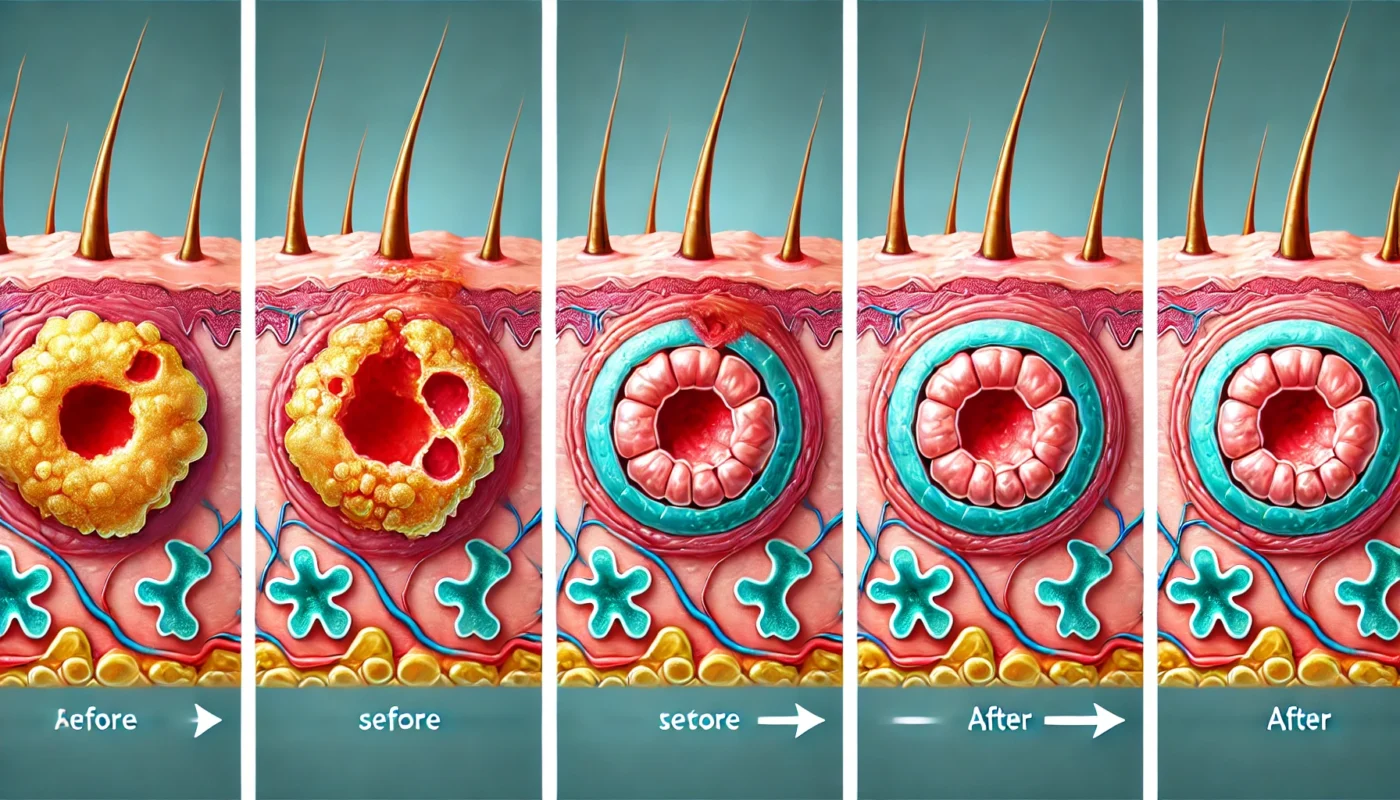Aleve is a nonsteroidal anti-inflammatory drug (NSAID), similar to ibuprofen and aspirin. It operates by inhibiting the production of prostaglandins, which are compounds in the body responsible for inflammation, pain, and fever. By reducing prostaglandin levels, Aleve effectively diminishes these symptoms, making it a valuable component of anti-fever medication regimens.
Tag Archives: Inflammation
Natural NSAIDs are compounds found in nature that exhibit anti-inflammatory properties similar to conventional NSAIDs like ibuprofen and meloxicam. These natural alternatives can be derived from plants, herbs, and other natural sources. The search for natural NSAIDs has intensified as people seek to harness the power of nature in managing pain and inflammation. Various cultures have used natural remedies for centuries, and modern science is beginning to validate these traditional practices.
Advil and Ibuprofen are both nonsteroidal anti-inflammatory drugs (NSAIDs) commonly used to relieve pain, reduce inflammation, and lower fever. Ibuprofen is the generic name for the drug, while Advil is a brand name that contains the same active ingredient. Understanding this relationship is crucial in demystifying the confusion surrounding these medications.
Aleve, known generically as naproxen, is a nonsteroidal anti-inflammatory drug (NSAID). It’s commonly used for reducing inflammation and alleviating pain. As an over-the-counter medication, Aleve is accessible for those seeking relief from mild to moderate pain, including back pain. Let’s delve deeper into how Aleve functions and its implications for muscle pain.
An abscess is essentially a pocket of pus that forms due to an infection. The human body’s response to infection involves sending white blood cells to the affected area, leading to inflammation and the accumulation of pus. This natural defense mechanism aims to isolate the infection and prevent it from spreading.
Skin regrowth is a fascinating and complex process that plays a crucial role in maintaining our body’s protective barrier. Whether you are a fitness enthusiast pushing your physical limits or a medical patient on the road to recovery, understanding how skin heals and regenerates can empower you to take proactive steps in supporting this vital process. In this comprehensive guide, we will delve into the factors that influence skin regrowth after damage, explore the stages of wound healing, and offer practical advice to aid and expedite recovery.
When it comes to managing pain, the combination of medications can often seem like navigating a complex labyrinth. Percocet, a prescription medication known for its potent pain-relieving properties, often enters the conversation in tandem with over-the-counter options like Tylenol. Understanding how these can be used together safely is crucial for anyone looking to manage pain effectively while minimizing risks.
Before diving into specific remedies, it’s crucial to understand how pain relief works. Pain is a complex experience involving sensory and emotional components. It alerts us to potential harm and prompts us to take action. Various natural compounds can interact with the body’s pain pathways, providing relief without the side effects often associated with conventional medications.
Pain is an inevitable part of life, but it doesn’t have to control yours. Whether you’re a fitness enthusiast seeking to recover from a strenuous workout, a health enthusiast looking to optimize your wellbeing, or a medical patient managing chronic discomfort, understanding pain relief methods is crucial. This article delves into the top 10 pain relief methods, offering a comprehensive overview of each approach and how it can be applied to improve your health and quality of life.
Before diving into the specific foods to avoid, it’s important to understand how diet influences arthritis. Certain foods can trigger inflammation, a key factor in arthritis flare-ups. By identifying and eliminating these foods from your diet, you can potentially reduce inflammation and alleviate joint pain.
Inflammation is a natural immune response, but chronic inflammation can lead to a variety of health issues, including arthritis. When inflammation persists over time, it can cause damage to healthy tissues, contributing to the development and progression of arthritis. Understanding the biochemical pathways of inflammation can help in identifying the dietary triggers that exacerbate arthritis symptoms.
Certain foods can either promote or reduce inflammation. Pro-inflammatory foods can lead to the production of substances in the body that worsen inflammation, while anti-inflammatory foods can help reduce these substances. By making conscious dietary choices, individuals can manage their inflammation levels, potentially reducing arthritis-related pain and discomfort.










